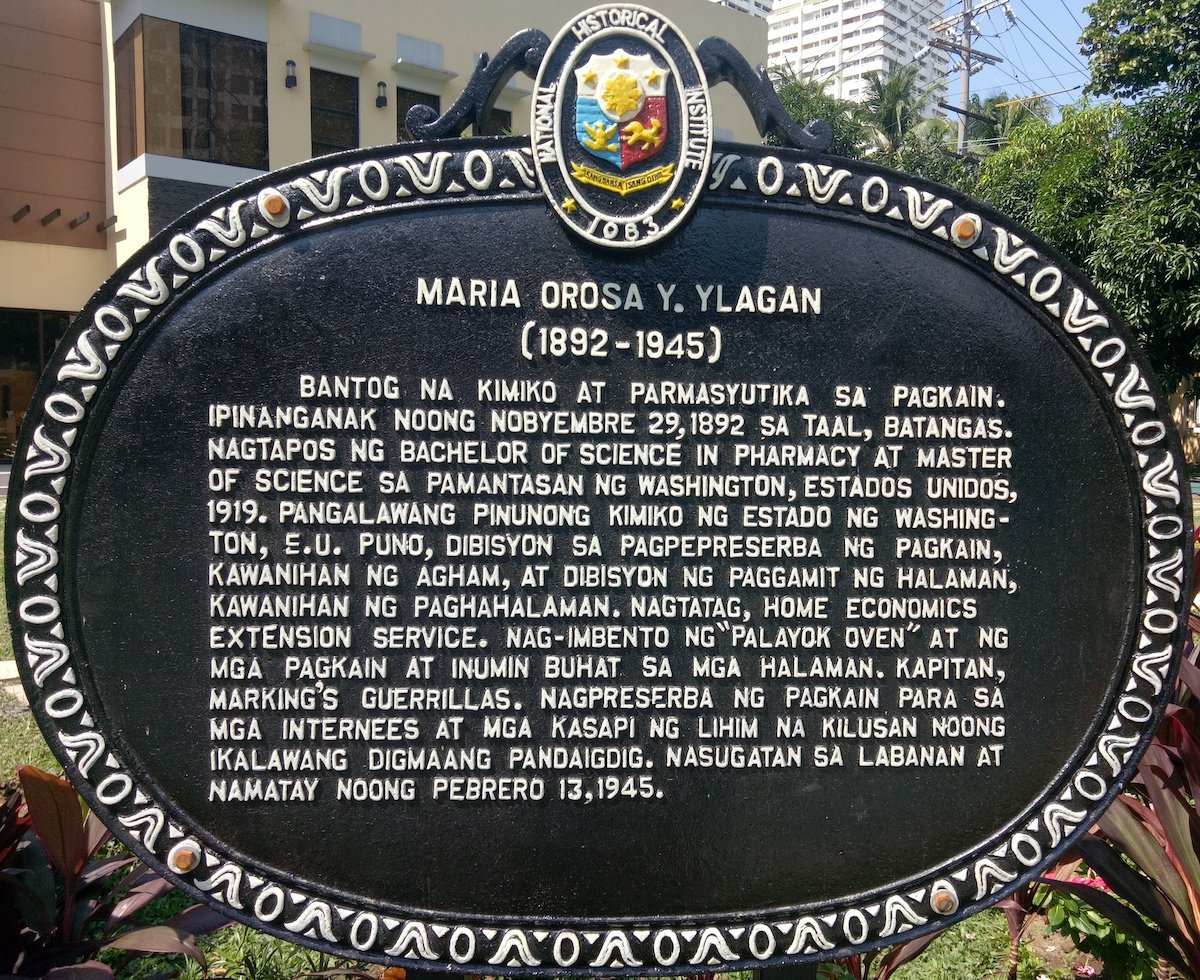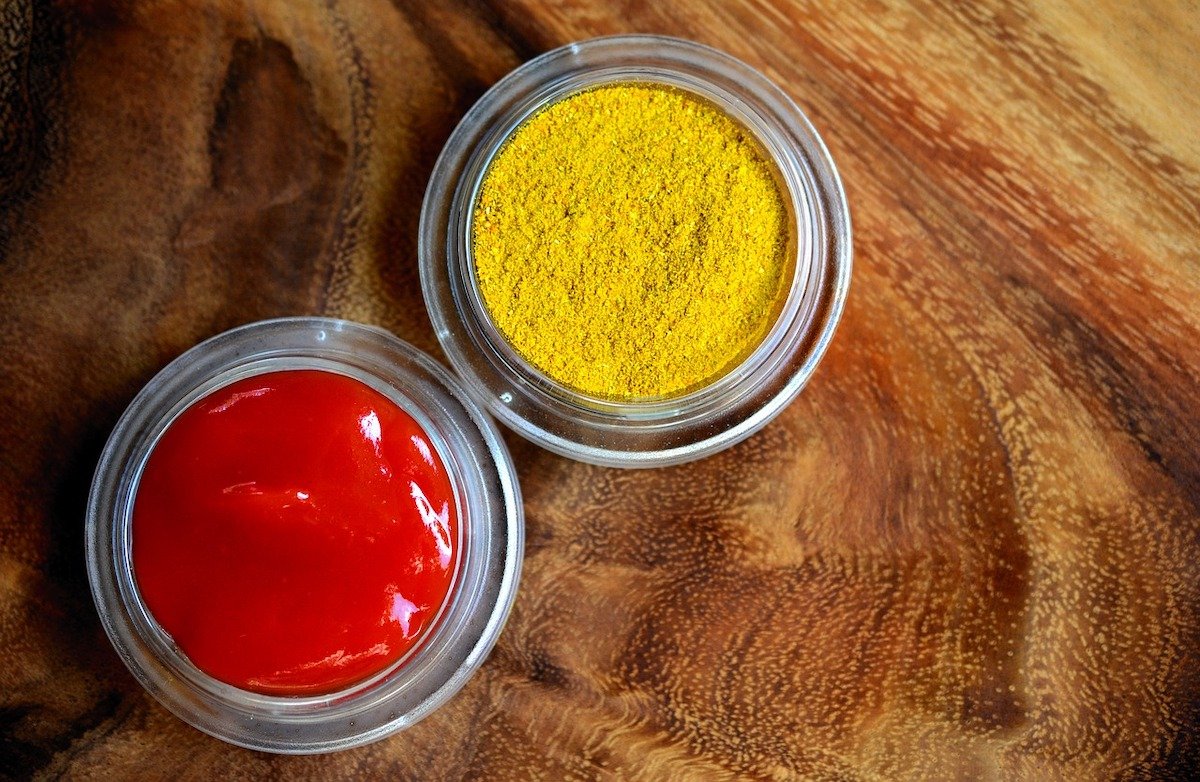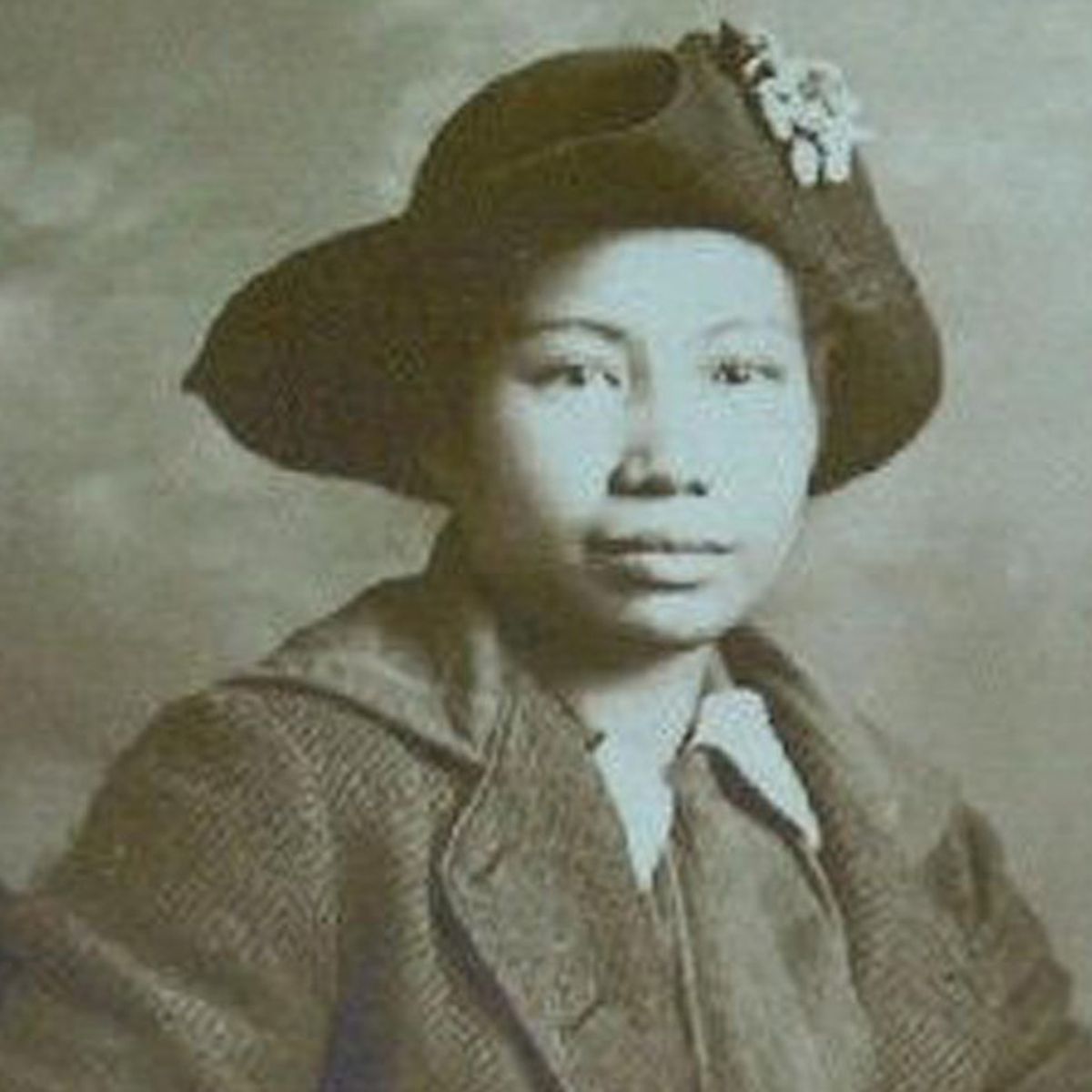This February will mark the 76th anniversary of the Battle of Manila. The month-long conflict was one of the most destructive events in the Pacific theater during World War II. During this reign of terror, Japanese troops and American artillery caused the deaths of more than a hundred thousand Filipinos.
Many bright lives were lost in the conflagration, and one of them was the brilliant and brave Maria Ylagan Orosa.
Philippine history is full of histories, but some have been overshadowed by time. Maria Ylagan Orosa was a war hero, a scientist and an inventor unrivaled in the annals of Philippine history. Today, learn about her accomplishments and recognize how great her influence is in today’s society.
Maria Orosa’s Early Days
Maria Orosa was born in the historic town of Taal, Batangas in November 29, 1893. Her father was Simplicio Orosa y Agoncillio, an important figure in the Philippine-American War, in charge of sneaking supplies and soldiers around the country.
In her youth, she studied at the University of the Philippines, but after only a year. She decided to set her sights elsewhere. At only 23 years of age, she boarded a ship headed for the United States in search of a better life. She did not board the ship legally, but was instead a stowaway who did hard labor to pay for her passage.
She worked for enough to enroll in the University of Seattle and proved more than a match for its curriculum. She earned multiple degrees in a span of five years. Her many academic achievements include degrees in Pharmaceutical Chemistry, Food Chemistry and Pharmacy.
In America, she saw firsthand the racism so prevalent there and that can still be felt today. Her skill elevated her and she was the only Filipino to hold the position of assistant state chemist in Washington at the time.
However, her patriotism was not forgotten, and she returned to the Philippines in 1922.
Scientist and Fighter

With her impressive pedigree and accomplishments, Maria Orosa taught at Centro Escolar University before being made the head of her own division in the Bureau of Sciences. Her division sought to address the Philippines’ problems with food security. Her ingenious mind found the perfect method in preservation techniques. She recognized the rich bounty of the country’s fruits and food supplies and decided to use them to free the Philippines from being dependent on imported goods and canned products.
She made flour from cassava, canned mangoes for exportation, brewed wine from fruit. Her division made pineapple vinegar and were among the first people to discover seaweed can be turned into agar. All in all, Maria Orosa is credited with coming up with more than 700 different recipes, most of which is still in your kitchen today. One of her most celebrated inventions is making banana catsup. More than just a condiment, banana catsup is now a feature of almost all Philippine households and an iconic part of the cuisine.
When the Second World War broke out, Maria Orosa refused to evacuate, despite having the opportunity to do so. She knew the war would disrupt food supplies across the country and that it needed her skills more than ever.
She joined the underground resistance movement, becoming a captain in the Marking’s Guerillas, a group based on the east of Manila. Using her own money and resources, she produced rations for the guerillas form her own lab. Using her skills, she devised new ways for the resistance forces to preserve their food. Maria Ylagan Orosa also helped bring in food to the brutalized prisoners held at the camp in the University of Santo Tomas.
Ultimately, Maria Ylagan Orosa was killed in the same conflict she fought in. While working in her laboratory, in February 13, 1945, a shrapnel struck her. Although the wound was not immediately fatal, she was brought to Malate Remedios Hospital. The building was struck by a shell, killing Orosa along with more than 400 medical personnel and civilians.
Maria Ylagan Orosa undoubtedly changed the course of Philippine history, but in a way that wasn’t flashy or bombastic. Like a mother who nourishes you with every meal from her kitchen, Maria Orosa fed an entire nation from her laboratory. Her story has been overshadowed and yet her contributions and heroism will not be forgotten.
Banana Catsup

If you want to try your hand at following the footsteps of Maria Orosa in the kitchen, here’s a recipe for Filipino-style banana catsup that would taste just as good, if not better, than the store-bought kind.
For this recipe, you will need the following ingredients:
Dry Ingredients
- ½ cup onion, chopped finely
- 1 tablespoon ginger, minced finely
- 2 cloves garlic, minced
- ½ cup brown sugar, packed tightly
- ½ teaspoon turmeric
- ½ teaspoon allspice
- 4 ripe bananas, mashed
Wet Ingredients
- 2 tablespoons oil
- 1 tablespoon tomato paste
- ½ cup white vinegar
- 2 tablespoons soy sauce
- Red food coloring (optional)
To make your own version of banana catsup, fry the onions and garlic in oil in a saucepan for 5 minutes. Add the ginger, turmeric and allspice. Continue stirring until its fragrant before adding the tomato paste.
When its caramelized, add the bananas along with all the brown sugar and the remaining wet ingredients. Stir vigorously and let it sit on low heat to thicken, which will take about 10 minutes.
If the yellow coloration of the catsup is a little off-putting to you, you can make it look like more traditional catsup. Once thickened, stir in a few drops of red food coloring until it reaches your preferred color. Transfer it to a squeeze container or bottle and it shall keep for up to 2 weeks in a refrigerator.
What's Your Reaction?
P. Torres' favorite animals are dragons, despite the lack of tangible evidence of their existence. When reading books or watching movies, anything with dragons in them gets top priority.


